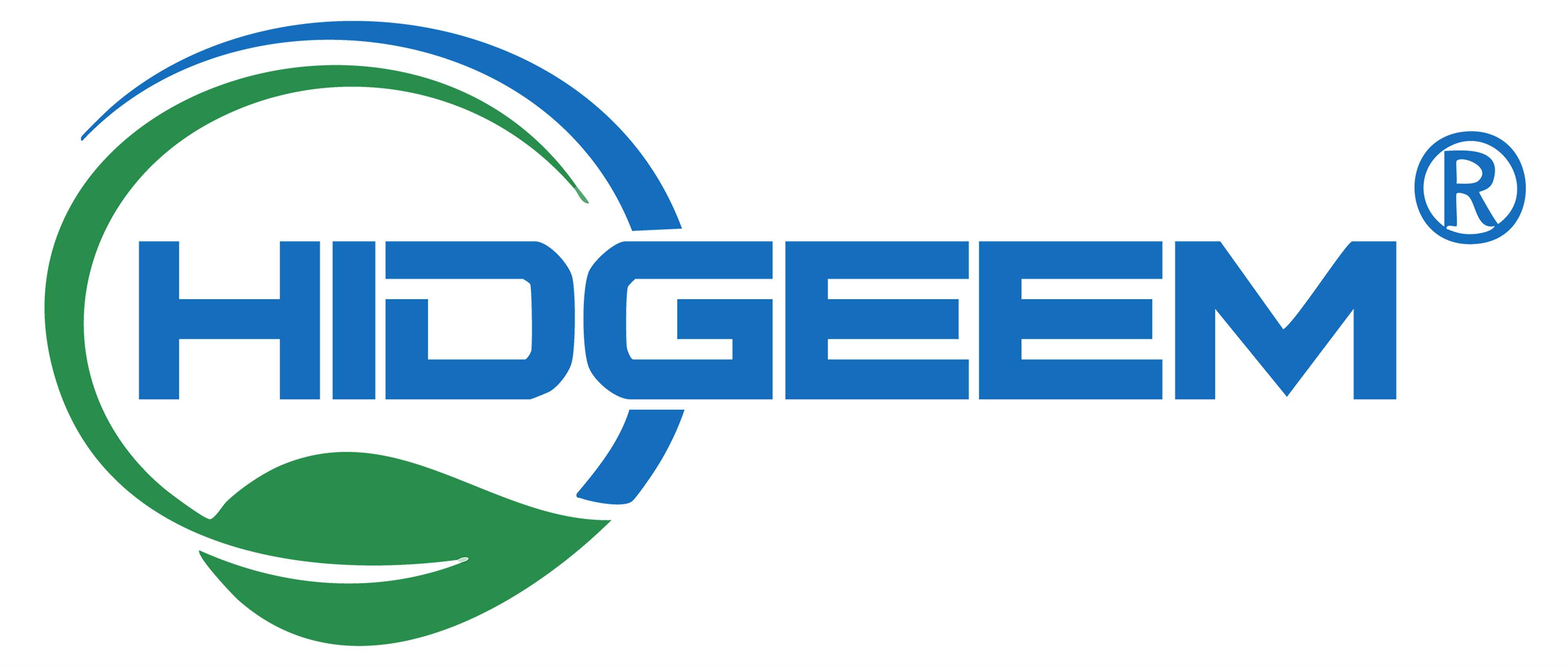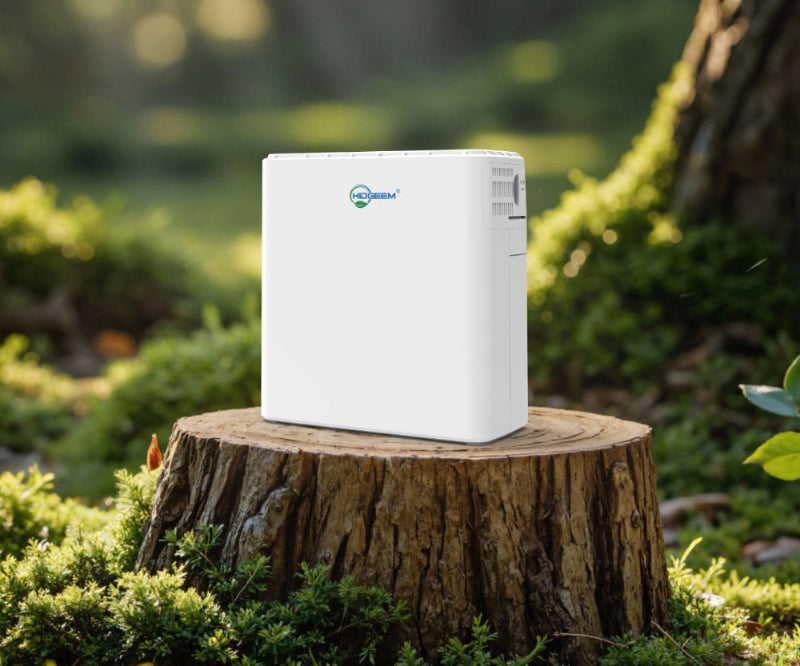
How to Measure Your Oxygen Needs: What Doctors Look For
If you’ve ever wondered how doctors determine whether you need an oxygen concentrator, you’re not alone. Understanding your oxygen needs is the first step to breathing easier and feeling more energetic in daily life. Let’s break it down in a simple, practical way.
1. What Does “Oxygen Level” Really Mean?
Your oxygen level measures how much oxygen your red blood cells carry from your lungs to the rest of your body. Doctors usually check this using a pulse oximeter, a small clip-on device that gives instant readings.
-
Normal range: 95–100%
-
Mild deficiency: 90–94%
-
Below 90%: May indicate the need for supplemental oxygen
2. Reliable Pulse Oximeters and What to Look For
Not all pulse oximeters are created equal. Choosing a reliable device is key if you’re tracking oxygen at home. Here are some trusted brands:
| Brand | Typical Price Range | Notes |
|---|---|---|
| Masimo | $60–$150 | Medical-grade accuracy, widely used in hospitals |
| Nonin | $70–$200 | Highly accurate for both adults and children |
| Wellue | $30–$80 | Affordable, portable, good for daily home use |
Buying tips:
-
Look for FDA clearance or CE certification for safety and reliability.
-
Avoid ultra-cheap models (<$20) as readings can be inconsistent.
-
Check battery life and ease of reading the screen — some have alarms for low oxygen levels.
-
Compare user reviews, especially regarding accuracy and durability.
3. How Doctors Measure Oxygen Needs
Doctors usually combine multiple measurements to understand your oxygen requirements:
-
Pulse Oximetry (SpO₂): Quick, painless, home-friendly measurement.
-
Arterial Blood Gas (ABG): More detailed; measures oxygen (PaO₂), carbon dioxide, and pH from a blood sample.
-
Oxygen Titration Test: Determines the appropriate flow rate (1–5 L/min) for your oxygen concentrator.
The goal is to maintain SpO₂ ≥ 90% while using the lowest safe oxygen flow.
4. Factors Doctors Consider Before Prescribing Oxygen
Doctors don’t rely on numbers alone. They consider:
-
Activity level: Whether shortness of breath occurs at rest or during exercise
-
Sleep patterns: Some people desaturate only at night
-
Underlying conditions: COPD, heart failure, chronic bronchitis, lung disease
-
Lifestyle: Whether you mostly stay at home or are frequently on the move
Depending on these factors, your doctor might recommend a home oxygen concentrator for indoor use or a continuous flow portable oxygen concentrator for more active users.
5. Measuring Oxygen at Home Safely
You can track your oxygen at home with a reliable pulse oximeter. Here are a few tips:
-
Take readings at rest and after light activity to get a full picture.
-
Keep a simple log to share with your doctor.
-
If oxygen levels stay below 90% or you feel fatigued, consult a medical professional before adjusting flow.
6. Choosing the Right Oxygen Concentrator
Once your oxygen needs are determined, the right device is crucial. Here are some key points for you:
-
Continuous flow vs pulse flow: Continuous flow gives constant oxygen, it is suitable for active or sleep use.
-
Portability: For travel, lightweight portable oxygen machines with battery are convenient.
-
Battery life: Check if the device supports external or backup batteries, and don't forget to check if the oxygen machine ships with a carrying bag.
-
Noise level: Many modern units operate quietly (<42 dB) for comfortable daily use.
7. Example: Hidgeem SJ-OX1C Portable Oxygen Concentrator
The Hidgeem SJ-OX1C portable O2 concentrator is designed to meet real-life oxygen needs with convenience and reliability:
-
Continuous oxygen flow for steady therapy
-
Medical-grade silicone nasal cannula (2 m) for comfort use
-
Replaceable cotton filters for maintenance and purity
-
Multi-functional high quality carrying bag (backpack, shoulder, cross-body)
-
Car charger and independent battery charger for travel
This makes it an ideal choice for users who want a high-quality portable oxygen machine ready for home and on-the-go use.
In Summary
Measuring your oxygen needs doesn’t have to be complicated. Start with reliable tests, track readings at home, and consult your doctor for the right prescription. Pairing accurate monitoring with a quality home or portable oxygen concentrator ensures safety, comfort, and peace of mind — helping you breathe easier and live better.
Share






